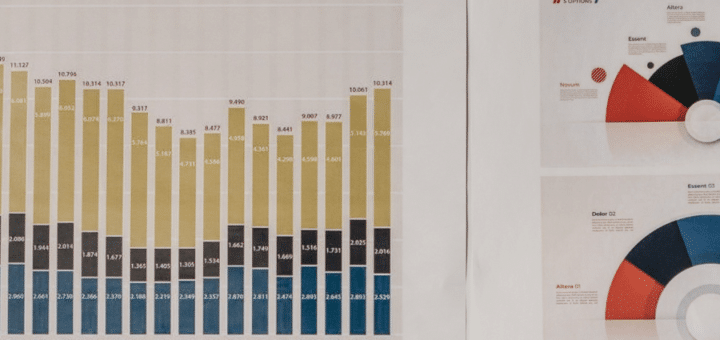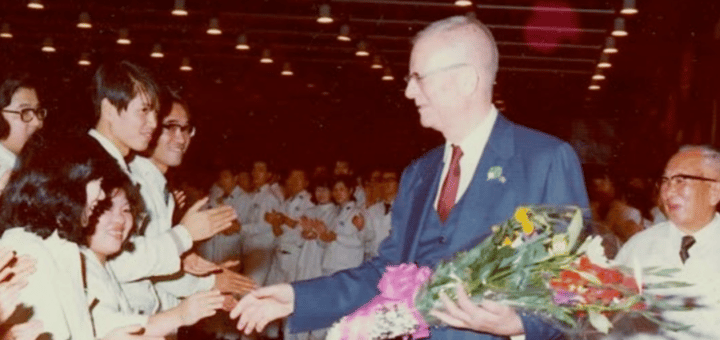THE DEMING INSTITUTE BLOG
| Psychology, System of Profound Knowledge | 1 Comment
The Insanity of Extrinsic Motivation
In this post, Doug Stilwell shares the story of his friend's annual sales competition and asks: Is everyone motivated to work harder if they might win a trip to Hawaii? Does the competition result in more overall sales for the company?
| Deming's Ideas in Action, Psychology, systems thinking
Quiet Quitting From a Deming Perspective
The phenomenon of "quiet quitting" (also called "employee disengagement") is frustrating leaders and managers across industries. But looking at the problem through the Deming lens means finding workable solutions that can strengthen relationships.
| Appreciation for a System, Theory of Knowledge | 9 Comments
The Starfish and the System
In this guest post, Dr. Doug Stilwell looks at The Starfish Story of a humble hero through the Deming lens, and sees how, by understanding the System of Profound Knowledge, we can achieve a much greater impact.
| Deming on Management, Psychology, respect for people, systems thinking | 1 Comment
Looking at Layoffs Through the Deming Lens
In this guest post Bill Bellows looks at recent layoff announcements from a Deming point of view. Who is responsible for company failures? What is Ford doing differently? What happens when companies target "poor performers" and how easy it is to "do the wrong thing right."
| Appreciation for a System, Appreciation for a System, systems thinking
Bees, Ants, Elephants, and Crops: Systemic Thinking for Innovation
In this guest post by John Hunter, he explores how using Deming systemic thinking leads to innovation, when the urge to "just do what we've always done" is strong.
| Customer Focus, systems thinking
The Focus of Customer Service
In this guest post, John Hunter uses his recent frustrating customer service experience to explore why Deming's approach to customers, continual improvement, and determining your AIM is better for everyone.
| Appreciation for a System, Deming Legacy, Deming Philosophy, Dr. Deming | 2 Comments
W. Edwards Deming is Not a Method or Program
In this guest post, Ed Baker describes how the Deming philosophy is a unique and all-encompassing way of thinking. Unlike TQM, Six Sigma, Lean Manufacturing, and other programs promoted to improve quality and productivity, Deming is not simply a checklist, program, or set of methods for managers.
| Continual Improvement, Education, respect for people
Creating Joy in Learning: Deming in Education (Part 2)
“Deming helped me not be a victim of the system.”
This is the second of two articles about Deming in education, based on an interview with David P. Langford. In this
| systems thinking | 2 Comments
Long Term Planning: Considering Climate Change
In this guest post, John Hunter explores the problem of including - or not including - the impact of climate change in your long-term business plans.
| Appreciation for a System, Continual Improvement, Education, Education
Joy in Learning: Deming in Education (part 1)
Dr. Deming believed everyone is entitled to joy in work, and extended that to education as well. David P. Langford has worked to implement Deming in schools and education systems around the world, and in this first of two posts about his work, Christina Dragonetti relates how he got started and the impact of introducing the Deming philosophy - based on joy in learning - into classrooms.












